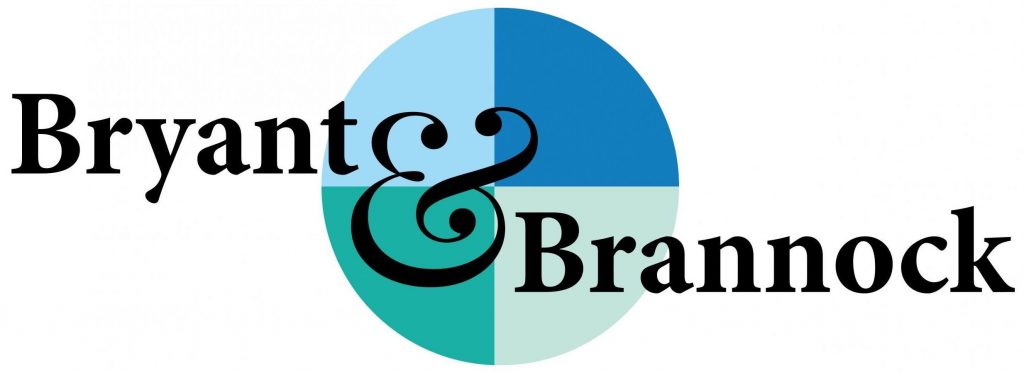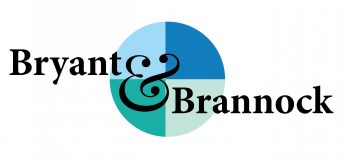What is (not) up with small cap stocks?

We want to make a point, but we should provide a bit of background first…
The most common benchmark used to measure the performance of small cap stocks is the Russell 2000 Index. It is comprised of the smallest 2000 stocks of the Russell 3000 index, which represents the performance of the largest 3,000 publicly held US companies, based on their total market capitalization. According to the FTSE Russell website, www.ftse.com, the average market cap of the Russell 2000 is $2.08 billion, and the median market cap is $800 million. These are big companies, but not in comparison to the large cap stocks. You may not recognize any of the top ten holdings in the Russell 2000. The top three? Kite Pharma, Gramercy Property Trust and MKS Instruments.
The most common benchmark used to measure the performance of large cap stocks is the S&P 500 index. It is comprised of 500 large publicly held US companies, traded on either the NYSE or NASDAQ stock exchange, as selected by committee, based on meeting certain criteria. It is widely considered to be the best indicator of the US economy. According to the S&P Dow Jones website, www.us.spindices.com, the average market cap of the S&P 500 index is $43.98 billion, and the median market cap is $20.61 billion. You would probably recognize all top ten holdings in the S&P 500. The top five are Apple, Microsoft, Facebook, Amazon and Johnson & Johnson.
Based on what we hear in the media, the ‘market’ is booming. The Dow 30 and S&P 500 are near record highs. The labor market is at full capacity. Year to date, through 8/22/17, the S&P 500 index was up 10.99%. The economy should be healthy and growing. Yet, the Federal Reserve Board remains reluctant to raise interest rates. Wage growth is stagnant. The inflation rate remains under 2%. Where is the disconnect between perception and reality? Which is which?
The current market environment seems to favor large, global companies. While these mega cap companies are reflective of our economy, and they most certainly move the markets, they do not paint the entire picture. Year to date through 8/22/17, the Russell 2000 index, the small cap index, was only up 1.87%. That is a substantial lag behind the S&P’s 10.99%. Why are the small caps so far behind the large caps this year?
In 2016, the Russell 2000 outpaced the S&P 500, with an annual return of 21.31% compared to the S&P’s 11.96%. The boom in small cap performance last year was attributed by many to the ‘Trump Trade’ – an expectation that the new administration would enact legislation that would reduce corporate taxes, reduce and eliminate onerous banking regulations, and revamp an ailing healthcare system. The opportunities for small businesses seemed promising in that environment. Due to current political uncertainties, that future is much less certain. It could be that we are seeing an unwinding of the ‘Trump Trade’, and it is showing up first in the Russell 2000 index.
Going forward, it is anybody’s guess as to whether the small caps will reach up to join the large caps, or the large caps will fall back to join the small caps, or they will each head in different directions. We will continue to watch the markets to see if we can discern a clear signal that the economy is healthy and growing strong. If nothing else, this divergence in performance of two of the most followed US indices shows the importance of being invested in both.
– Bryant & Brannock 8-23-17
*The index returns are drawn from Morningstar Advisor Workstation. Indexes are unmanaged and cannot be invested in directly by investors. MSCI EAFE NR USD-This Europe, Australasia, and Far East index is a market-capitalization-weighted index of 21 non-U.S., industrialized country indexes. S&P 500 TR USD – A market capitalization-weighted index composed of the 500 most widely held stocks whose assets and/or revenues are based in the US; it’s often used as a proxy for the stock market. TR (Total Return) indexes include daily reinvestment of dividends. Bloomberg US Agg Bond TR USD This index is composed of the BarCap Government/Credit Index, the Mortgage Backed Securities Index, and the Asset-Backed Securities Index. The returns we publish for the index are total returns, which includes the daily reinvestment of dividends. The constituents displayed for this index are from the following proxy: iShares Core US Aggregate Bond ETF. MSCI Emerging Markets IndexSM is a free float-adjusted market capitalization index that is designed to measure equity market performance in the global emerging markets. Russell 2000 – Consists of the smallest 2000 companies in the Russell 3000 Index, representing approximately 7% of the Russell 3000 total market capitalization. The returns we publish for the index are total returns, which include reinvestment of dividends. The MSCI Emerging Markets (EM) IndexSM is a free float-adjusted market capitalization index that is designed to measure equity market performance in the global emerging markets. As of May 2005 the MSCI Emerging Markets Index consisted of the following 26 emerging market country indices: Argentina, Brazil, Chile, China, Colombia, Czech Republic, Egypt, Hungary, India, Indonesia, Israel, Jordan, Korea, Malaysia, Mexico, Morocco, Pakistan, Peru, Philippines, Poland, Russia, South Africa, Taiwan, Thailand, Turkey and Venezuela.. The FTSE NAREIT Equity REITs Index is an index of publicly traded REITs that own commercial property. All tax-qualifies REITs with common shares traded on the NYSE, AMSE or NASDAQ National Market List will be eligible. Additionally, each company must be valued at more than $100MM USD at the date of the annual review. Equity REITs include Diversified, Health Care, Self Storage, Industrial/Office, Residential, Retail, Lodging/Resorts and Specialty. They do not include Hybrid REITs, Mortgage Home Financing or Mortgage Commercial Financing REITs. Bloomberg Sub Gold TR USD Description unavailable. Formerly known as Dow Jones-UBS Gold Subindex (DJUBSGC), the index is a commodity group sub-index of the Bloomberg CI composed of futures contracts on Gold. It reflects the return of underlying commodity futures price movements only and is quoted in USD.
